
A NEW CONCEPT IN FILTERS!
You have been used to the standard low pass filters in order to deal with your TVI and RFI problems, although these work they do not necessarily eliminate all types of interference. Enter the common mode filter or common mode RF Choke.
In 1988 RF Inquiry of Japan announced the HI-Q COMMON-MODE Filter Series CF250E and CF5KL to answer the problems associated with RFI that could not be solved through existing means. In 1997 the new models, CF250E and CF5KV were announced. The CF-250E is a standard 250 watt version for the out put of the transceiver and the CF-5KV is a hefty QRO version handling 5,000 watts for the output of the linear amplifier.
I use two of the CF250E common mode filters on the output of my transceivers an have found that they have dealt with problems even a good low pass TVI filter could not deal with. One in line with my FT-2000 because it covers all of the HF spectrum and 6 meters as well.
These HI-Q COMMON-MODE Filter Series are in use by many ham radio stations and broadcasting stations and solve many of their RFI problems.
The Japanese Standard, made by RF Inquiry which is a well respected company who specializes in filtering applications in Japan, they manufacture an extensive range of different types of filters for amateur radio, but more importantly their filters are employed for use by government agencies as well as broadcasting networks in Japan
Common-Mode noise is also called differential noise. Normal mode noise is the energy between a wire of a line, but Common-Mode is energy between a transmitter and the ground including everything which makes up the stray capacitance between the ground.
TVI / RFI is composed of a combination of normal mode noise and Common-Mode noise. Recently the technology of radio transmitters has improved remarkably and leaks of normal mode noise have decreased substantially. But presently, counter measures against Common-Mode noise is still sadly lacking.
Any normal electronic circuit can not eliminate the generation of Common-Mode noise and still be cost effective to be marketed reasonably on the consumer market.
RF has no regard to a balanced or unbalanced line, a part of the essential energy is a signal changing its form from generation, conversion and transmission due to the discrepancy of line balance, stray capacitance and stray inductance between the ground or a surrounding object.
This becomes a main component of the Common-Mode noise. This value is variable but generally about -20dB. A transmitter cannot stop the generation of any Common-Mode noise since the transmitter does not work as a perfectly balanced device and is inside a metallic case, which will include a Low Pass filter for an unbalanced line.
Common-Mode noise causes strong RFI to all electronic devices similar to normal mode noise. A Low Pass Filter reduces normal mode noise but does not have any positive overall effect on reduction or elimination of common mode noise, therefore, RF Interference can not be completely prevented by installing only a Low Pass filter.
^information from RF Inquiry.
| Model # | CF250E | CF5KV |
| Application | HF/6m transceivers | HF/6m transceivers & amps |
| Operating Frequency (MHz) | 1.8-70 | 1.8-70 |
| Direction of Operation | Bi-directional | Bi-directional |
| Impedance (ohms) | 50 | 50 |
| Power Rating (continuous – watts)SWR<1.5> | 250 | 5,000 |
| Common mode Attenuation (db) | 50-60 (1.5- 250 MHz) | 50-60 (1.5- 250 MHz) |
| Insertion Loss (dB) | <0.1 | <0.1 |
| Connector | SO-239 Teflon | SO-239 Teflon |
| Size (inch) | 10 L x 1 diameter | 11 3/4 L x 2 1/4 diameter |
| Weight (lbs) | 0.5 | 1.3 |







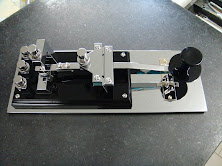
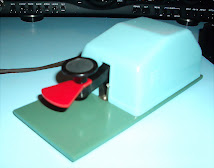















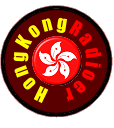




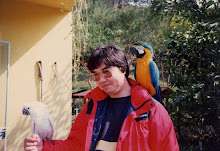






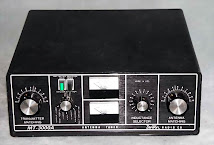
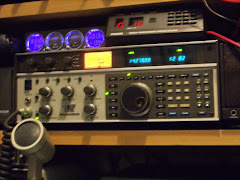
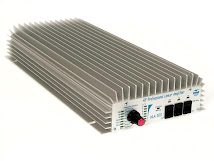
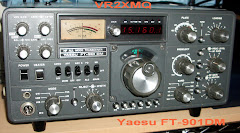













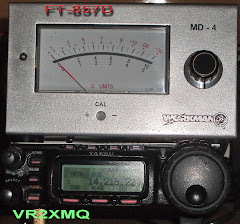





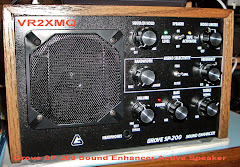



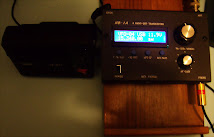



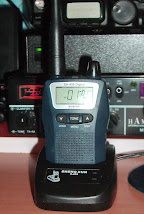
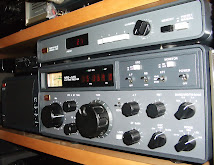





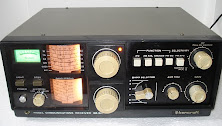












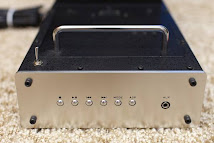

























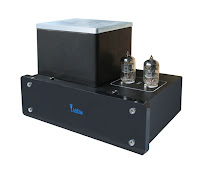

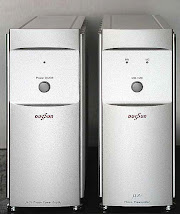



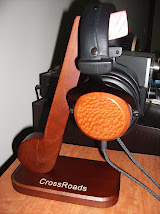






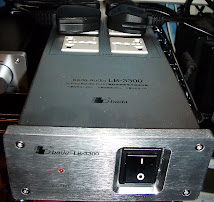



























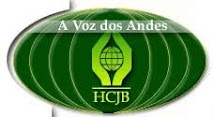




No comments:
Post a Comment